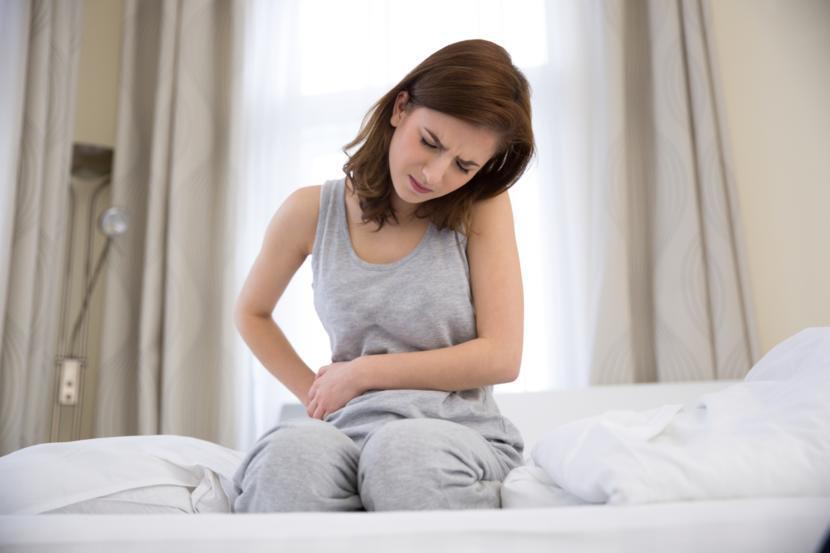What are Fibroids?

What are Fibroids?
Fibroids are muscular tumors that grow in a woman's uterine walls. Fibroids are also known as leiomyoma (leye-oh-meye-OH-muh), or myoma. In most cases, these muscular tumors are benign. Fibroids can grow as a single tumor, or develop into multiple tumors in the uterus. They can range in sizes of anywhere from an apple seed to a grapefruit. They can also grow abnormally to become very large.
Why Know About Fibroids?
Statistics indicate that 20-80 % of women develop fibroids around the age of 50. Women who are in their 40s-50s are most likely to get fibroids.
Symptoms of Fibroids
Some women with fibroids may be asymptomatic, which means they do not show symptoms. The symptoms of fibroids can be extremely uncomfortable, however. Fibroids can be accompanied by severe pain and a heavy menstrual cycle. They can also put intense pressure on the bladder and the rectum, causing frequent urination and intense rectal pressure. If a woman's fibroids become abnormally large, they can enlarge the abdomen, even giving the appearance of pregnancy. In most cases, fibroids do not show distinct symptoms. However, some women can experience the following:
- Heavy bleeding that leads to anemia and painful periods
- Fullness in the pelvic area
- Enlarged lower abdomen
- Frequent urination
- Pain during sexual intercourse
- Acute lower back pain
- Complications during pregnancy
- Infertility (this is a rare symptom, however)
Who Can Get Fibroids?
There are a number of factors that can increase the risk of developing fibroids. They include:
- Age- Fibroids usually affect older women, especially in their late 30s through early 50s. However, after menopause, fibroids will usually go away.
- Family History- If a family member has ever been affected by fibroids, this increases the risk of developing them. In fact, if a woman's mother had fibroids in the past, her risk of developing them is 3 times higher than average.
- Ethnicity- Fibroids are more common in African-American women than in Caucasian women.
- Obesity- Overweight women are more likely to develop fibroids. In fact, the risk that overweight/obese women face is 2-3 times more than the risk in women of average weight.
- Eating Habits- Research links eating meat and ham with developing of fibroids. Therefore, women are advised to take plenty of green vegetables to minimize the chances of developing fibroids.
Where are Fibroids Located?
In most cases, fibroids tend to grow in the walls of a woman's uterus. Fibroids can be grouped into three categories based on their specific location:
- Submucosal- These are fibroids that grow into a woman’s uterine cavity.
- Intramural- These are fibroids that grow within the walls of the woman’s uterus.
- Subserosal- These are fibroids that grow on the exterior part of the uterus.










